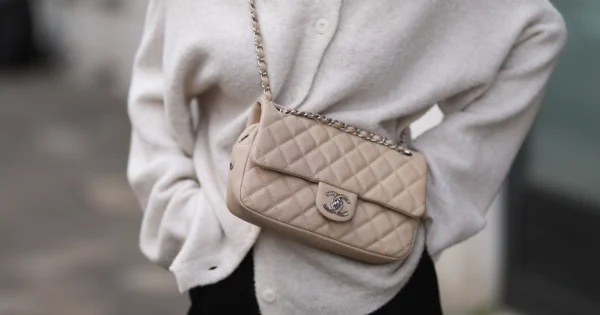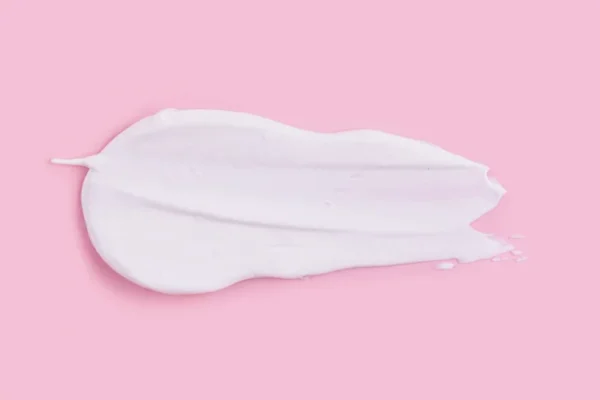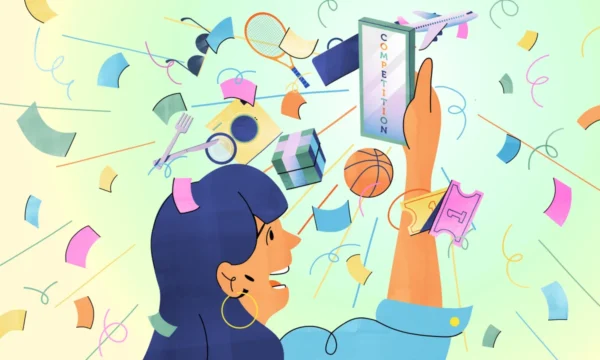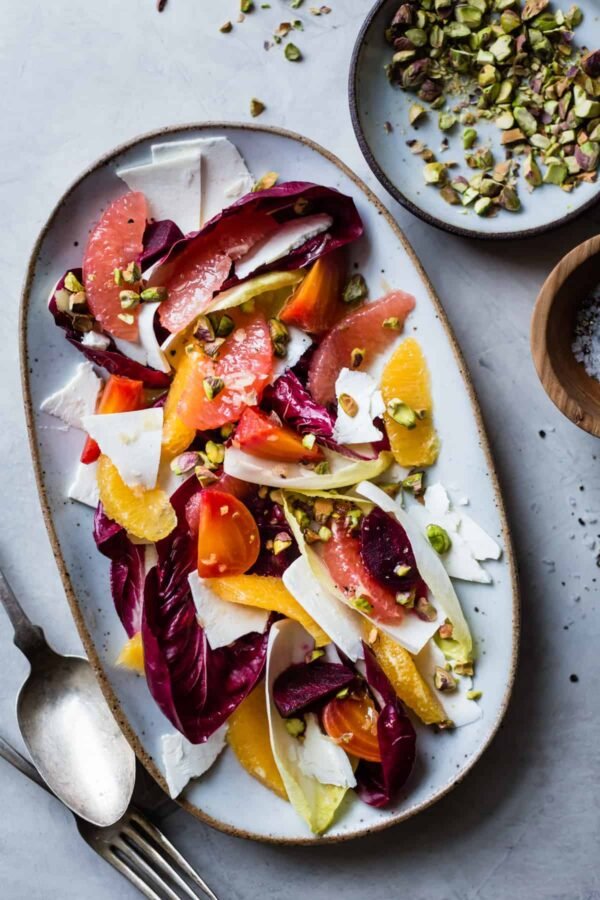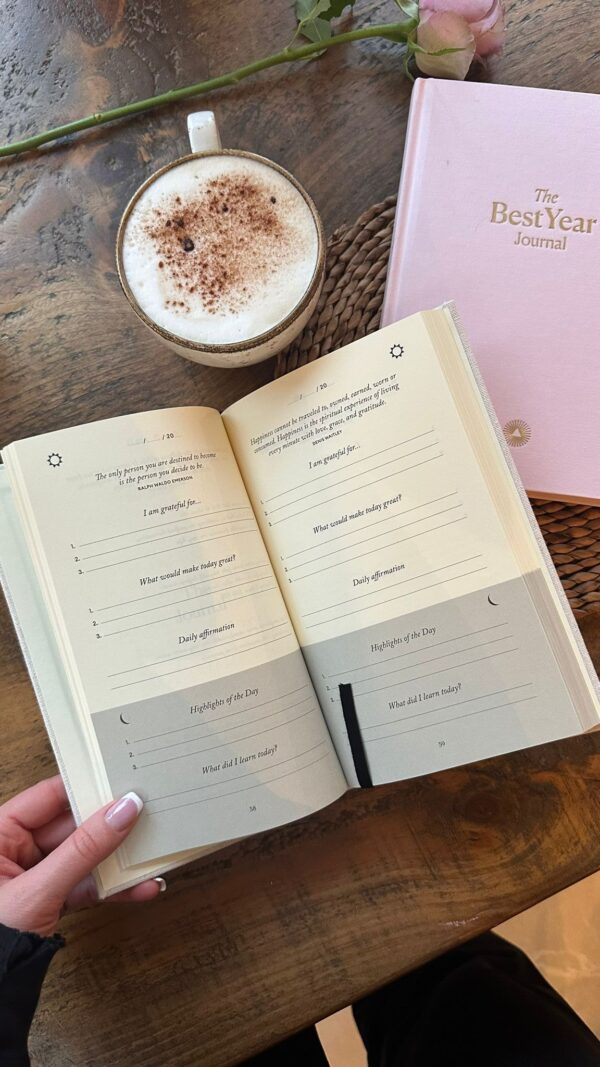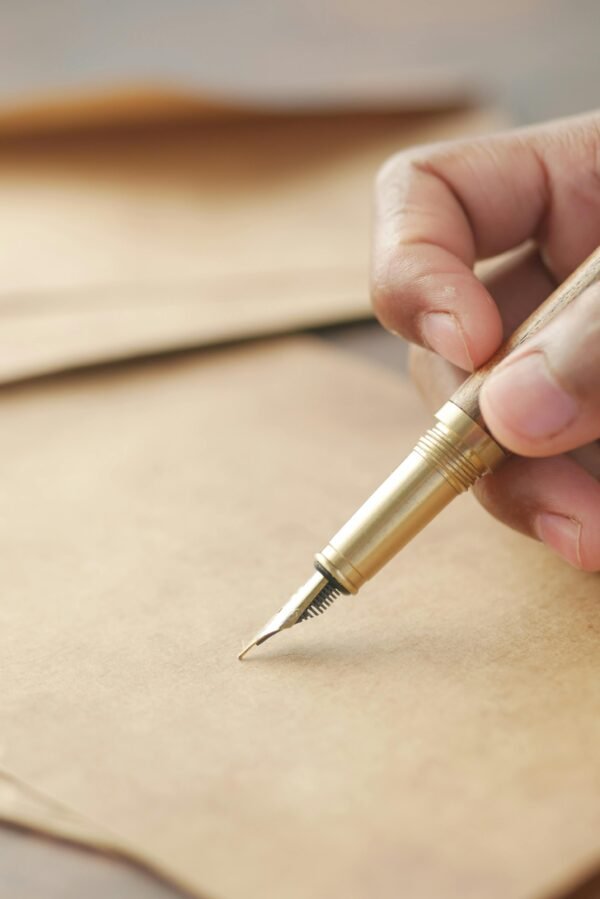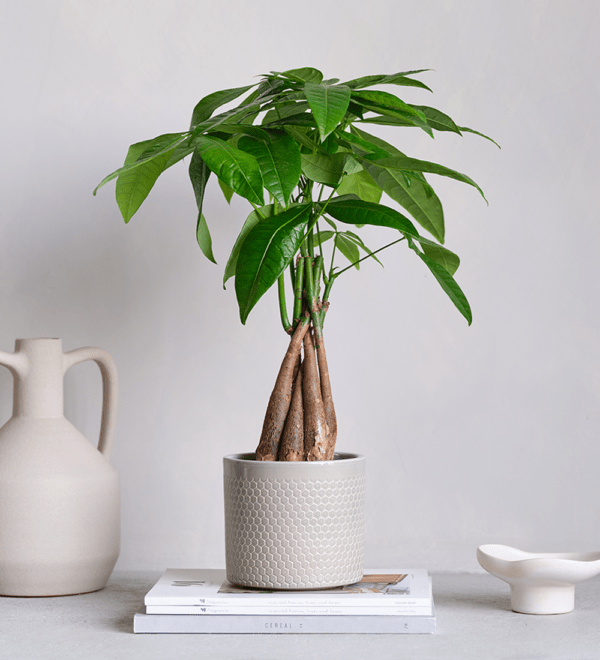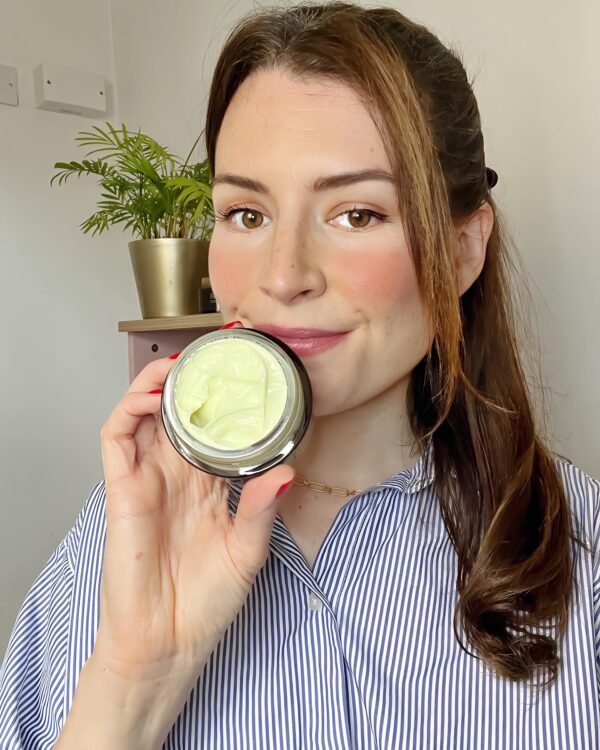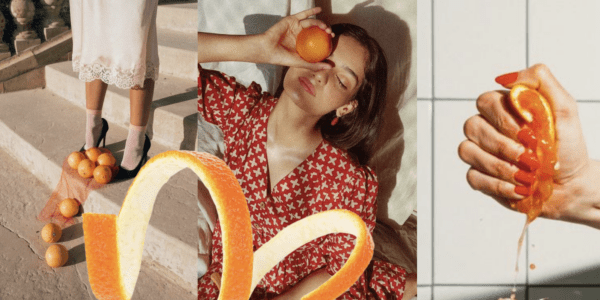
The Ultimate Nail Care Guide: It’s Time to Get Your Nails into Tip-Top Shape!

Caring for your nails is one of life’s pleasures. Looking down at your hands and seeing the nails buffed, polished and looking at their best is enough for a spontaneous smile. We would obviously love to regularly visit the nail salon, but it is not always possible especially now during Covid and the constant cost is too high for some. Therefore, a little bit of self-care of our nails is a positive and means when you visit the professionals who’ve undergone a reliable training course like the ones at Glitterbels to get the best treatment.
Here we offer the ultimate guide to caring for your nails, and you never know, it might inspire you to kick on and become a technician yourself.
What are nails?
What are nails? A strange question, as we all stare at the hard shell on our finger every day. Surely it is the thing that stops the end of your fingers being constantly battered and bruised by life? Well, there are surprising things to learn about your nail. For instance, our nails are made of keratin layers. This is a protein that is like hair and like hair grows from a cuticle base. You can click site to know what happens with nail franchising.
While the general thought is that your nails are dead cells that are pushing up through the skin, the nails are not entirely dead. The reason they must be almost dead is so that it does not hurt when you cut them. However, there is still a blood source helping to feed them and keep them growing healthy. They are a kind of zombie cell, let’s say, but wholly more attractive.
How will I know when my nails are unhealthy?
Your nails are a part of your body of interest to doctors. Doctors know that the nail is a good indication of any issue happening in the rest of your body. It is therefore a good idea to keep an eye on your nails and seek advice if you see changes such a pitting in the nails, redness and swelling, nails separating from the skin, brittle nails, white marks, and changes in colour.
Some of the major medical issues are revealed through ridges, marks, and discolouration. Vertical ridges are more often than not a sign of dehydration. However, if there are texture changes and discolouration this could be a symptom of trachyonychia, which is a disorder of the nail plate. Horizontal ridges can mean something a little more serious, as it can be a sign of diabetes, kidney disease or thyroid disease. Marks in your nails could be a sign of a Vitamin E deficiency.
Therefore, not only is maintaining a healthy-looking nail and aesthetics, but it is also an essential part of whole-body health.
How do I keep my nails healthy?

So, if healthy nails represent a healthy body, what should they look like? You should expect to see a mauve or pinkish colour, with nails that don’t break easily. You should have cuticles but no horizontal ridges. To keep them looking like this requires a commitment to your general wellbeing.
Consequently, all the tonics, creams and treatments will only give the best results if you have a balanced, healthy diet that is rich in Omega 6 and 9 fatty acids and Vitamin A. You need to eat lots of fruit and lean protein, making salmon, beans, and legumes a regular part of your diet. You should also eat whole grains, eggs, and nuts.
To maintain your nails also means resisting the urge to bite them. Nail biting causes bacterial and fungal growth, as well as making those nails look unhealthy. While there are polishes you can use that make them taste bad, you are better to pay attention to your triggers. Nail biting is a result of anxiety, so you need see this coming and pick up a stress ball instead.
To strengthen weak nails, you could apply nail oil regularly. Applying this oil to the cuticle, fingers and nails, will give them strength and suppleness. You do not need to spend a whole load of money on these nail oils – as olive oil is one of the best for nail health. However, you might enjoy some of the more scented varieties from the shop shelf.
How do I maintain my nails?

To maintain your nails, you need some essential equipment. You need a nail file, buffer, scissors or clippers, polish remover, moisturiser, and cuticle pusher. When shaping your nails reach for the buffer rather than the clippers, gently contouring them. If you need to cut your nails, you should sack them in warm water first.
Remember, daily nail care will keep them healthy and can delay any need for a professional manicure. Keep learning about nailcare tips at this article from Cote.









